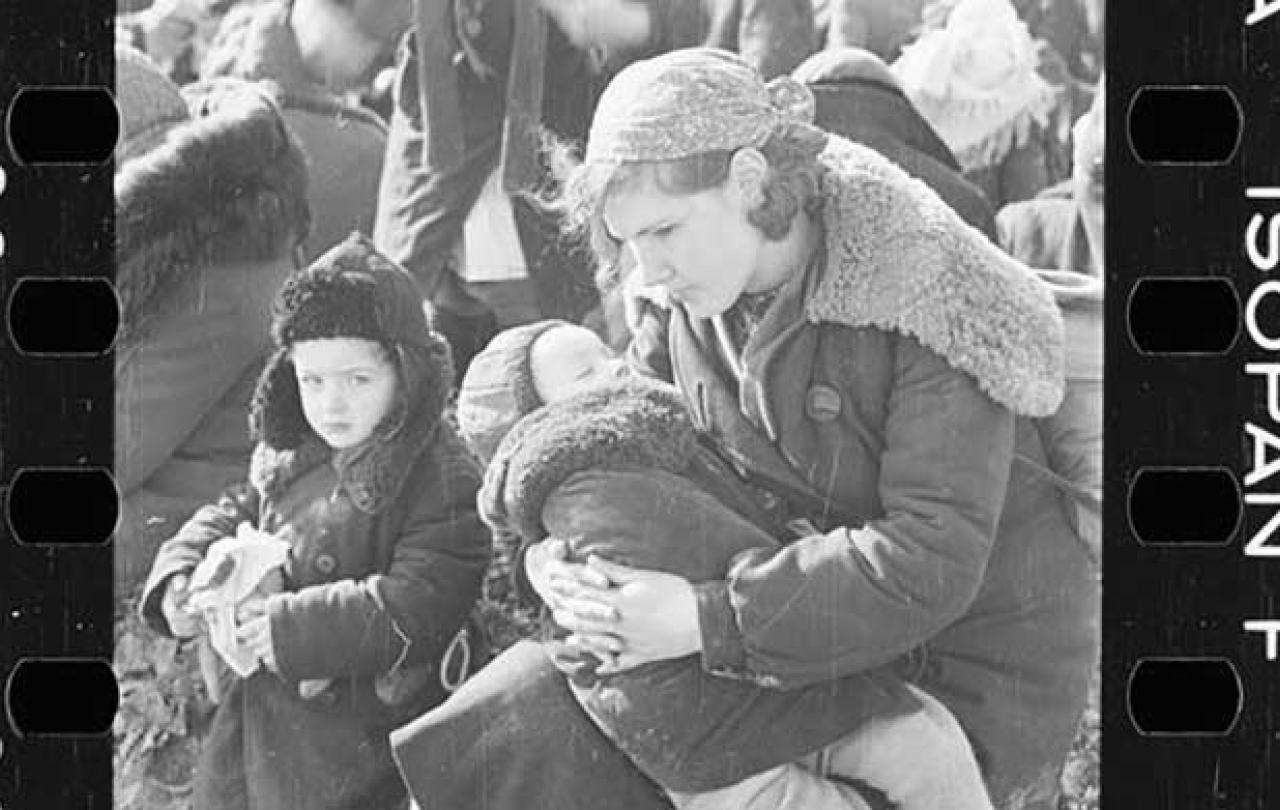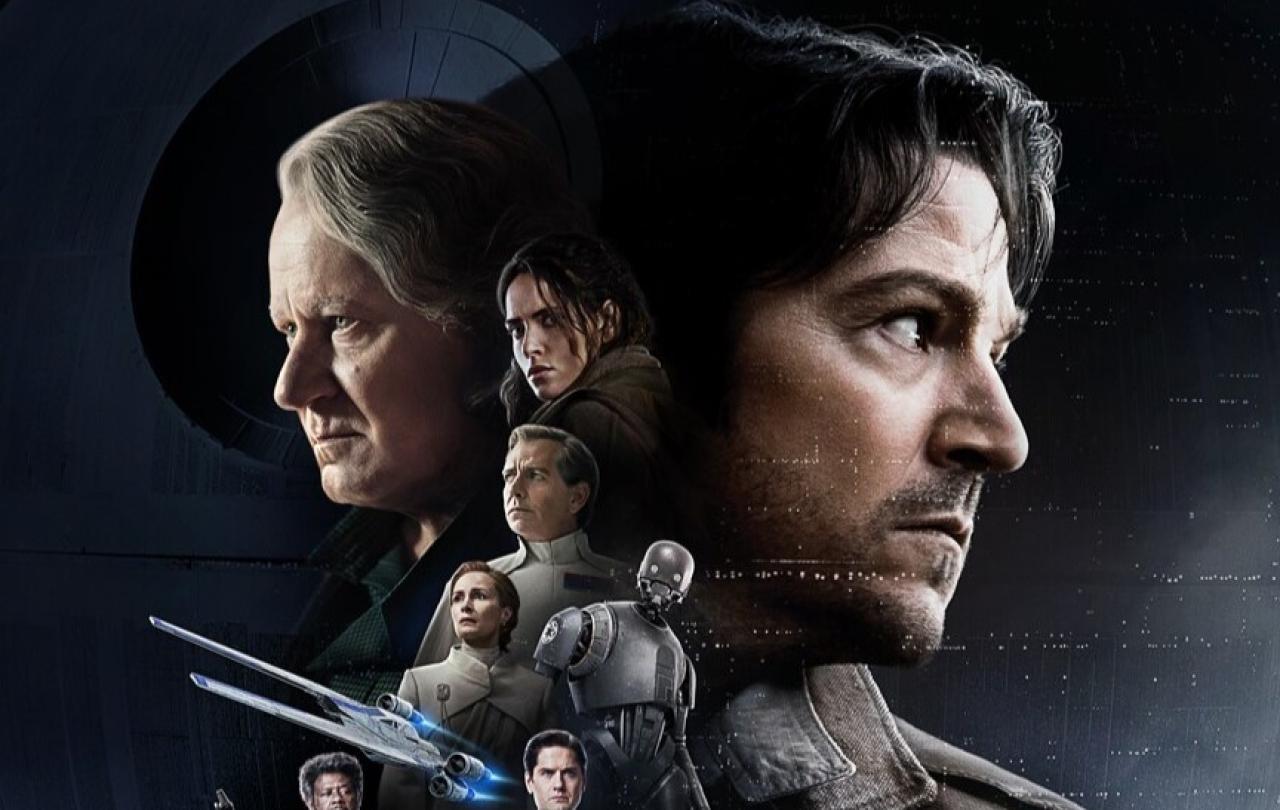
It’s a commonplace to remark that Ukraine has a troubled history. It’s almost a means of assimilating its current Russian conflict; Ukrainians are used to suffering and fighting, so here we go again.
But, lest we forget, it’s as well to be reminded on a regular basis of the nature of Ukraine’s suffering. This week, Channel 4 broadcast a documentary called Ukraine: Holocaust Ground Zero, which traced through contemporaneous photography, academic commentary and survivors’ witness how Ukrainian Jews suffered and died in their hundreds of thousands, perhaps as many as 1.6 million, at the hands of Nazis, Soviets and Ukrainian nationalists.
Vocabulary fails. Harrowing doesn’t begin to touch the experience of watching a programme like this. But, I think, watch it we must, especially those with a religious faith who use words like hope and faith.
The “problem of evil”, known in scholastic circles as theodicy, has been a stumbling block for the Christian faith for centuries. If God is all-powerful, the problem states, he cannot love us if he allows this to happen; if he loves us, he cannot be all-powerful for it to happen. Ergo, he cannot both be all-powerful and all-loving.
Counter-arguments, which needn’t detain us here, are many and varied: That the gift of free will includes the freedom to abandon God for evil; that the light of love shines brightest in darkness; that the world is fallen – lapsarian – and has to find its way back to the Garden; that God is joined to the suffering of humanity on the cross.
After Channel 4’s film, I have to say that I’m less interested in all that than in what it actually means for us in a practical sense. I’m left wondering less why than how. I don’t want to know why God allows it. I want to know how we respond.
Allow me to say, as honestly as I can, how I literally responded to this documentary. I had to watch it alone, on Channel 4’s website. I wonder why that is. Perhaps watching it with someone else is too much like entertainment. Perhaps there’s a fear that the act of sharing is dissipating in some way. Perhaps it’s a dirty little secret that I wanted to watch it, through clenched fingers.
The second literal reaction I’d record is that when a photograph appeared of one of the most grotesque (though relativity here is invidious) perpetrators of the mass-murders, SS-Obergruppenführer Friedrich Jeckeln, I found myself saying at his image on the screen “rot in hell”.
I find it hard to believe in a place of unending torment to which a benign God despatches human souls. I do believe in the hells, like this one in Ukraine, that men like him can create on earth. But I knew I’d found the limit of a human forgiveness and this was infinitely beyond it. And somehow I wished there was an eternal damnation to which Jeckeln could be consigned.
A third reaction to identify is more passive. I had to watch it – or, rather, I couldn’t look away. Please God, may that not be said to be curiosity. Surely not, when you know how scarring it will be.
It contained (and here perhaps I should issue a trigger warning for the rest of this paragraph) details of how the death squads moved on from men of military age to women and children, because they were too expensive to feed; how 90 orphaned children were murdered in one massacre for the same reason; how Jeckeln developed a system of execution to maximise space in mass graves called “sardines”.
I’m conscious of the title of the site for which I’m writing when I say that what is seen can’t be unseen and the horror must stay with anyone who watched this programme. To look away is to conspire with a pretence that it isn’t there or couldn’t have happened.
I wonder whether that means the Christian bears a duty not to look away, any more than we can look away from an innocent, naked young man left hanging in the midday sun, nailed to a cross. In witnessing these horrors, we’re not being brave, we’re acknowledging human reality.
And that human reality means that it really is no good saying “never again”. From the ethnic cleansing of Muslims in the Bosnian war, to the Rwandan genocide of the Tutsi minority in the Nineties, to the Iranian mass graves of dissidents being revealed even today, that is a failed resolution.
So is a faith in vain? It’s hard to argue a case for the divine in the face of 91-year-old Janine Webber, who says quietly on Channel 4:
“They killed my brother. They buried him alive. He was seven.”
Meanwhile, 86-year-old Bella Chernovets says of that countless million-plus:
“God keep them in paradise.”
Perhaps, we pray like that. I don’t know.
It’s impossible to conclude a column like this without being glib, or fumbling for closure. Because there are no conclusions. So I’ll just stop here.





